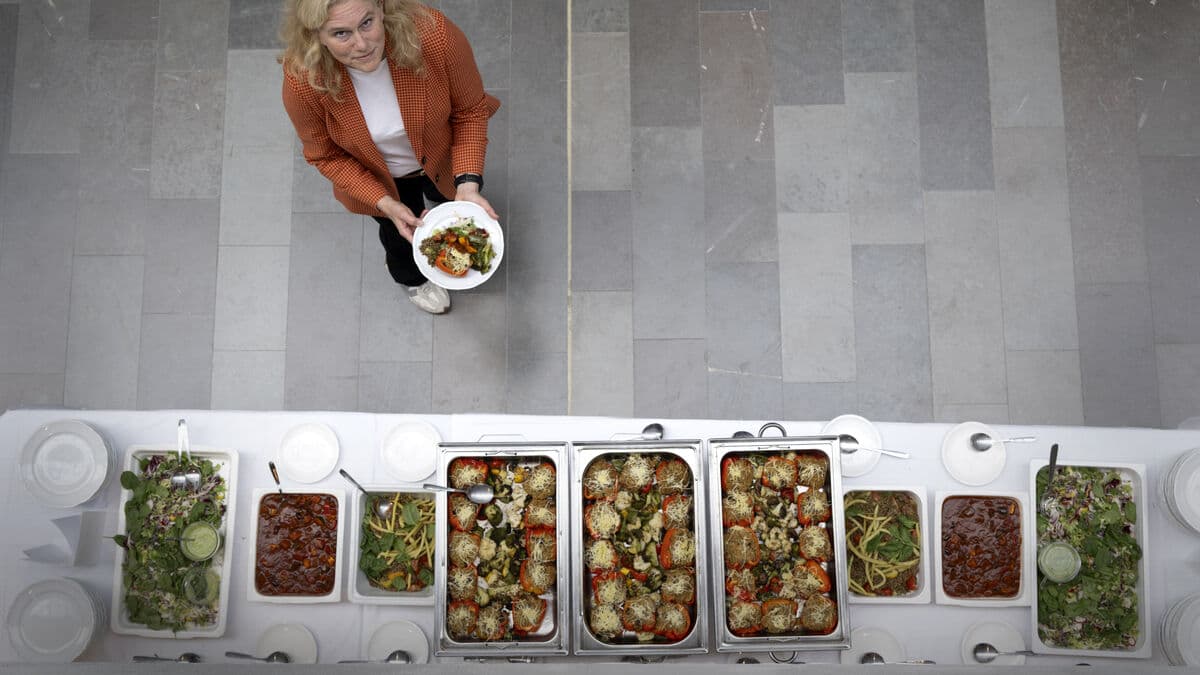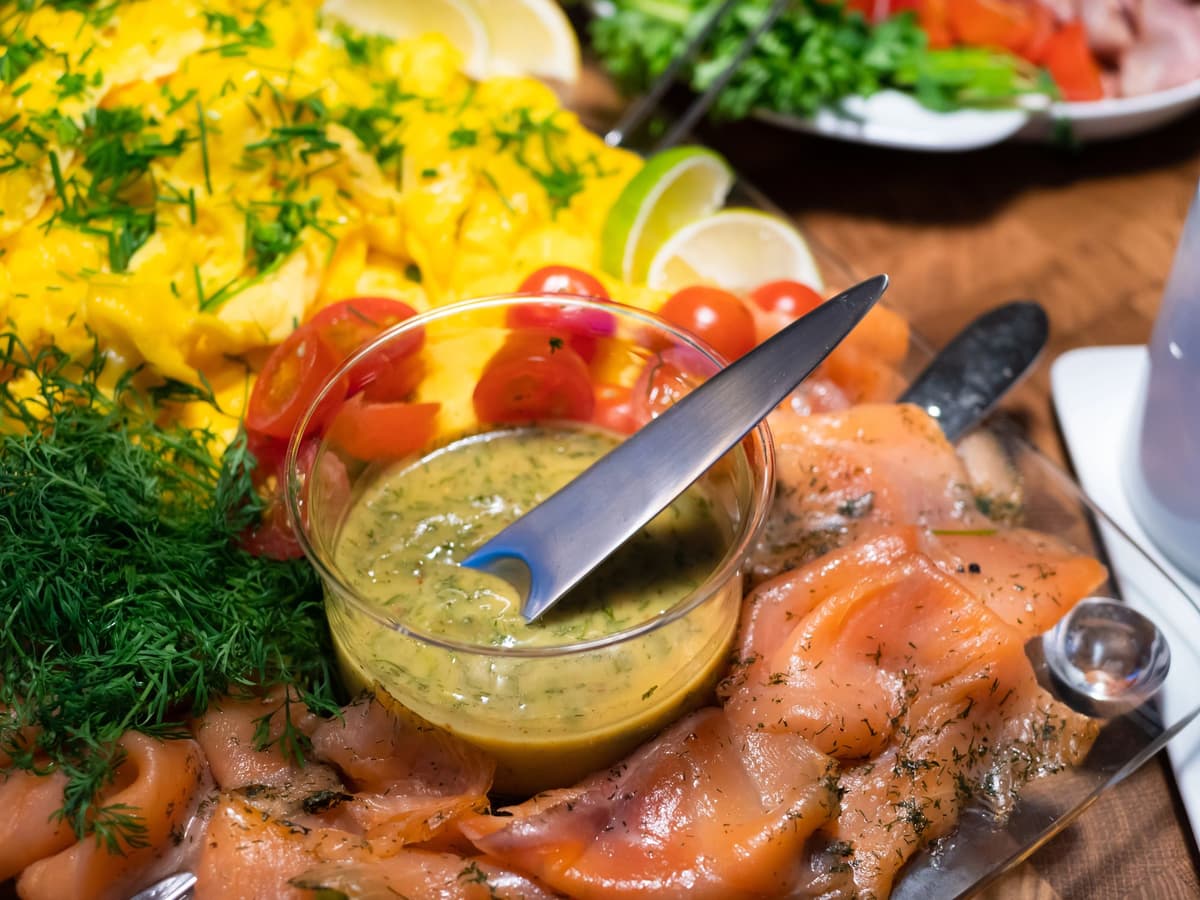”The planetary health diet” was launched in 2019 and received great attention. When the researchers – including at Stockholm University – now update the report with the latest findings, most things remain the same.
In Sweden, it's about eating more whole grains, legumes, fruits, vegetables, and nuts, while we need to reduce animal proteins, especially red meat, and also reduce sugar intake, summarizes Line Gordon, head of the Stockholm Resilience Center.
Meat and eggs
When it comes to red meat (beef, lamb, and pork), the recommendation is no more than 15 grams per day, the same applies to eggs. This means a 100-gram burger per week, and a large boiled egg every fourth day. For those who think it's too stingy, there is an interval for meat between 0 and 30 grams, and for eggs up to 25 per day. For fish/seafood and chicken and other poultry, the average is 30 grams, the interval up to 100 and 60, respectively.
Dairy products
More generously, you can enjoy cheese, milk, and other dairy products. Around 250 grams per day, the researchers recommend.
Fruit and vegetables
The basis of our diet should come from the plant kingdom, according to the study. 300 grams of vegetables, 200 grams of fruit, and 210 grams of whole grains daily. In addition, you can eat 50 grams of nuts, 50 grams of root vegetables (such as potatoes), and 75 grams of legumes (such as beans, lentils, and chickpeas).
Sugar, fat, and salt
Added sugar has no nutritional benefits, but is potentially harmful and should be kept to a minimum. Salt should also be used with caution (max five grams) while you can enjoy 40 grams of unsaturated oils (olive, rapeseed, sunflower). The intake of palm or coconut oil should, however, be significantly lower (6 grams).
How a day can look
A few Nordic suggestions for meals have been developed, such as a breakfast consisting of oatmeal with apple sauce, oat milk, and crushed hazelnuts, a lunch with whole-grain pasta and legume-based bolognese, and a fish stew with root vegetables for dinner, with a piece of fruit as a snack.





